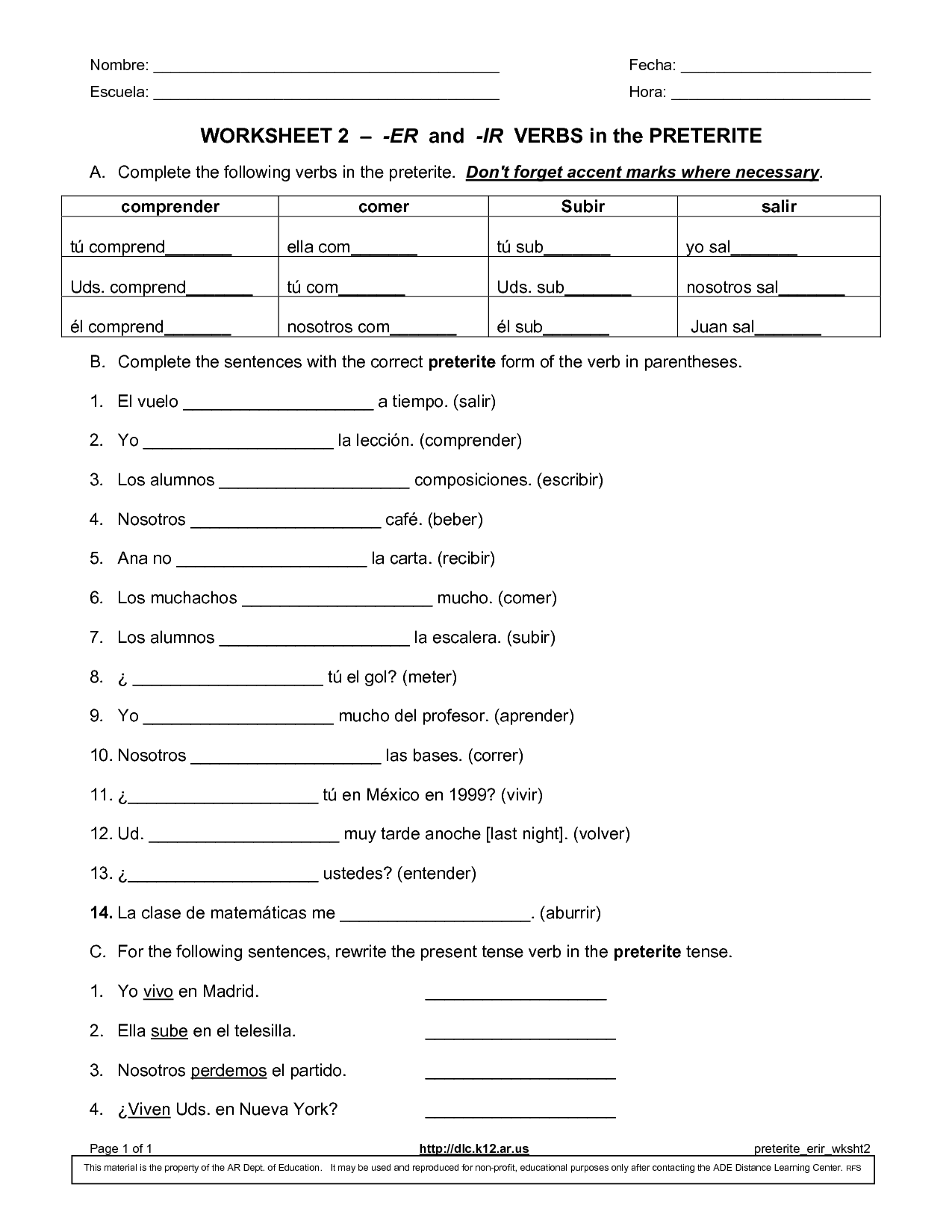


Er ending verbs in spanish skin#
comerse a alguien vivo: to skin someone alive (coll). More Spanish Lessons like the Spanish verb COMER |Īdd Daily Spanish Lessons to Your Website FreeĬomerse (vr): to eat away (at) to leave off to miss out. Subjunctive Progressive Subjuntivo Progressivo may've been eating Imperfect Progressive Imperfecto Prog had been eatingįuture Progressive Futuro Perfecto Prog will be eatingĬonditional Progressive Condicional perf. Preterit Progressive Pretérito Prog was eating Present Progressive Presente Progressivo am eating Progressive Tenses COMER Present Participle: comiendo - eating Present Perfect Subj Presente Perfecto Subj may have eatenįuture Perfect Futuro Perfecto will have eatenĬonditional Perfect Condicional Perfecto would have. Preterit Perfect Pretérito Anterior had eaten Present Perfect Perfecto de Indicativo have eaten Negative Imperative Imperativo Negativo don't eat!Ĭompound Tenses of the Spanish Verb COMER Past Participle: comido - eaten Imperfect Subjunctive Imperfecto de Subj. To eat: comer Imagine you eat while you COMB HAIR! I find that the fastest and easiest way to learn REMEMBER new Spanish words is with memory trigger cartoon pictures. You will learn other verbs such as absorber, aprender, cometer, prender, correr, esconder and many others. Just over 100 verbs are conjugated like comer, and for the month of March a new regular ER verb is featured each day to enable you to consolidate the ER verb family. To remember this, imagine you eat while you COMB HAIR! The Spanish verb comer means 'to eat' and is a regular Spanish ER verb. Examples include Ir (to go), Ser (to be) and Jugar (to play).Spanish Verb COMER - to eat. Howver be careful! Some verbs are irregular in the present which means that this formula will not work. So that is how you conjugate regular AR, IR and ER verbs in the present tense. So the ER is once again removed and o, es, e, emos, eis and en are add to the verb to conjugate it with respect to the person doing the action. You all eat - Com eis (accent required on the e of eis) You will find that these endings are very similar to IR verbs but slightly diferent. This will work for any regular verb ending in IR in the present tense.įinally, on to verbs ending in ER. So the process is again similar, remove the IR and add o, es, e, imos, is and en. You all live - Viv is (accent required on the i of is) Let's use the verb vivir (to live) as an example to show the process. An easy way to remember this is by creating a simple rhyme of the endings o, as, a, amos,ais, an. Notice that the AR has been removed each time and a new ending has been added to conjugate the verb.

You all speak - habl ais (accent required on the a of ais) to eat) of all verbs end in either AR, IR or ER. Let's begin with verbs ending in AR and let's take hablar (to speak) as an example. In Spanish, the infinitive (in English put 'to' infront of the verb to form the infinitive e.g. Now that you know the different persons, we can form regular verbs in the present tense. In English, these are: I, you, he/she/it, we, you all and they. These are the first, second and third person singluars and their plural forms. Firstly, it is important to understand that for any verb conjugation there are six different persons.


 0 kommentar(er)
0 kommentar(er)
